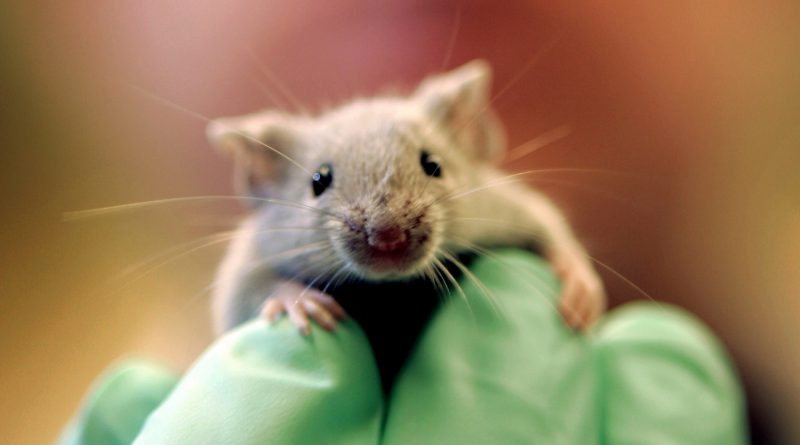Innovative Science Advocates Applaud UBC’s Seeming Abandonment of Cruelest Procedures
For Immediate Release: December 20, 2016
Vancouver, BC – The University of British Columbia (UBC) just released statistics on its use of animals in research and teaching in 2015, revealing that 185,692 animals were used in 517 research and teaching protocols at UBC. This corresponds to a total increase in animal use of 2% from last year.
The number of animals used in experiments causing moderate to severe distress (category of invasiveness D) also increased by 2.1 per cent over 2014. However, no animals were reportedly subjected to experiments in the most invasive category (category E), i.e. in studies representing severe pain, at, or above the pain tolerance of unanesthetized conscious animals.
Stop UBC Animal Research would like to congratulate UBC for seemingly eliminating the most invasive research protocols in 2015 – a result that comes after a multi-year campaign by Stop UBC Animal Research which culminated in 2014 with representatives from the organization talking to the UBC Senate and presenting the senators with nearly 22,000 signatures from British Columbians asking for an end to the most invasive experiments. Despite this success however, a number of concerns remain with respect to the 2015 data.
“While we are pleased to hear that no animals were reportedly used in Category E experiments, more than 80,000 animals were still subjected to extreme pain and suffering in category D experiments,” stated Laura-Leah Shaw, Director of Stop UBC Animal Research. “In addition, Stop UBC Animal Research is concerned that the number of animals used in research and testing increased from the previous reporting year. This is a trend that is counter to the spirit of the scientifically recognized “3R Principles” of Reduction, Refinement and Replacement which UBC is required to abide by.”
In addition, the number of animals subjected to experiments as provided by UBC is a gross underestimation of the actual number of animals involved. According to the CCAC guidelines, many animals are not counted – for example, animals who are not killed for a specific protocol and animals killed as a result of commercial practices or those used as sentinels.
Also, researchers who use animals have been shown to routinely underestimate the pain and suffering of animals and therefore many more animals may have been subjected to levels of pain greater than those reported – something which is impossible to verify without total transparency on the protocols allowed under categories C, D and E.
Stop UBC Animal Research continues to call on UBC to ensure modern, evidence-based medicine is adopted, rather than clinging to outdated 19th century science relying on the inferior animal model.
To learn more about the Stop UBC Animal Research campaign, visit: http://stopubcanimalresearch.org
###


